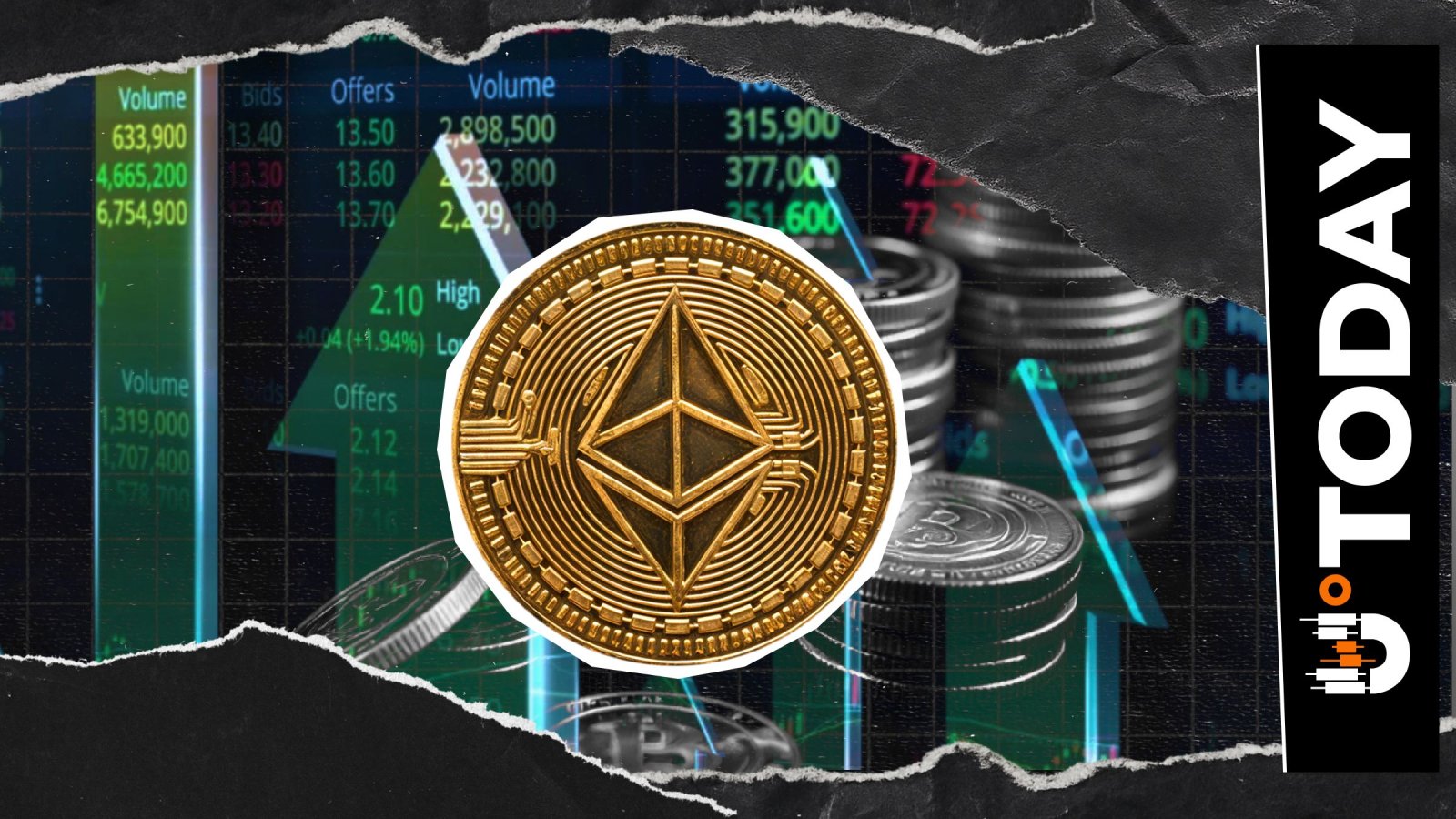- 42,000 Gwei: Ethereum (ETH) blob fees log new ATH, community sees “high demand”
- Will Ethereum Fusaka hard fork fix this?
On Oct. 30, 2025, Ethereum (ETH) blob fees — data availability fees for Ethereum’s L2 networks — registered an all-time high. While being painful in general, such spikes are indicators of high demand for Ethereum’s (ETH) throughput. Fusaka, Ethereum’s upcoming upgrade, is expected to mitigate such spikes.
42,000 Gwei: Ethereum (ETH) blob fees log new ATH, community sees “high demand”
Ethereum (ETH) blob fees — commissions paid by Layer-2 blockchains for using Ethereum’s computational resources as a data availability layer — set a historic record Oct. 30, 2025. The metric suddenly spiked over 42,000 Gwei, an Ethereum supporter @materkel mentioned on X.
After this sudden spike, Ethereum (ETH) blob fees stayed in an extremely high zone, over 20,000 Gwei, for almost an hour.
As explained by the speaker, this is a clear indicator of high demand for Ethereum (ETH) right now — L2 rollups triggered the price by competing against each other for Ethereum (ETH) resources.
The Ethereum (ETH) enthusiast stressed that this is the most evident signal of interest in Ethereum (ETH) and slammed the theory that L2 popularity somehow threatens the biggest smart contracts platform:
Ethereum is in high demand right now, and rumors of L2s being extractive are FUD
This process is not necessarily mirrored by the transactions feed for end users — rollups offset this imbalance by subsidizing blob fees. At the same time, such abnormalities might damage Ethereum (ETH) user economics.
Will Ethereum Fusaka hard fork fix this?
Opportunities to protect the network from such unpredictable spikes will be included in the agenda of Fulu-Osaka or Fusaka, one of the biggest Ethereum upgrades post-Merge.
EIP-7918: Blob Base Fee Bounded by Execution Cost, included in Fusaka, together with Peer Data Availability Sampling scheme (PeerDAS) will steepen the blob fee dynamics and eventually make Ethereum (ETH) L1 usage even more cost-effective for rollups.
As covered by U.Today previously, Ethereum Fusaka upgrade is set to go live on the mainnet Dec. 3, 2025. The upgrade has already been activated on Hoodi, a major Ethereum test network.
Ethereum Fusaka will expand the developments of Pectra in terms of speed, security and optimized L1/L2 interaction.
